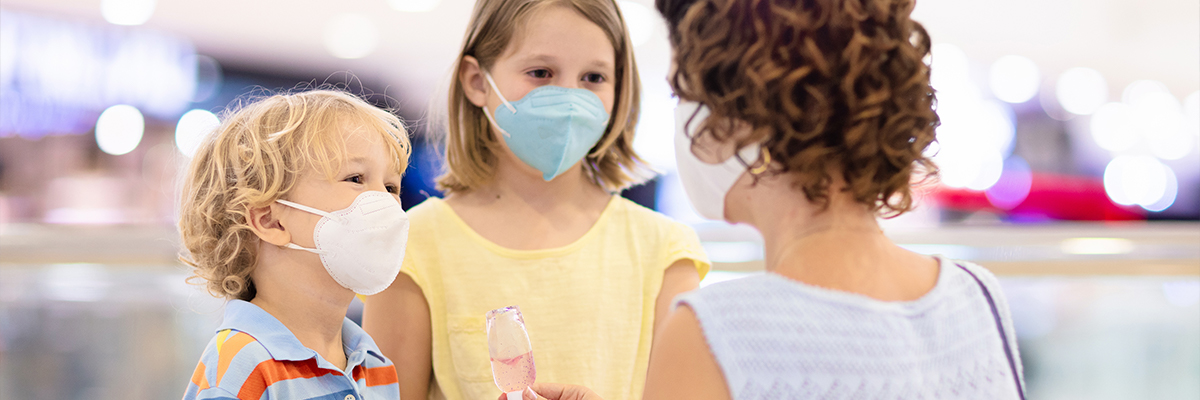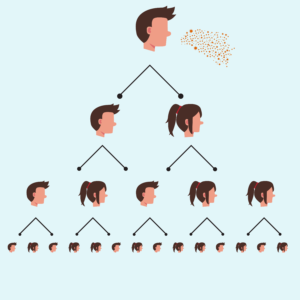
Article at a Glance:
The novel Coronavirus Disease 2019, or COVID-19, is the highly contagious virus at the center of the 2020 global pandemic. Understanding your risk of infection can help you keep yourself and your children safe.
There are several factors that go into the likelihood of contracting COVID-19. Taking precautions such as wearing a mask and handwashing will lower the risk of infection from COVID-19. Ignoring precautions such as not keeping at least six feet of distance between you and other people and having prolonged unprotected exposure will increase your risk of infection.
Each person infected with COVID-19 has a statistical probability of infecting an additional 2.5 people, with each of those infecting 2.5 people, and so on. There are also some who, for various reasons, have the potential to be super-spreaders. Without the appropriate safety precautions, this will lead to exponential infection rates. Because COVID-19 is so easily spread, it’s important for everyone to take precautions, regardless of their personal risk level.

The good news is that the risks of hospitalizations and death are substantially lower for anyone under the age of 18.
Even though younger children are not likely to become severely sick, it’s still important to keep them from being exposed. A child who is asymptomatic can still infect parents, teachers, and grandparents. Asymptomatic children may also be more active outside of the home, which increases the risk of infecting strangers who may be in a higher-risk group.
There are a few factors that make the chances of infection higher and also increase the risk of contracting more severe symptoms of the virus, such as:
Observe all the precautions you can. Stay home when you can. If your children have a virtual learning option, take it. Avoid prolonged exposure with people outside of your household. These will cumulatively lower your risk of infection, and by extension, lower your risk of infecting other people.
Learn more about Coronavirus in our Covid-19 Series:
Part 1: How does Covid-19 spread?
Part 2: How Can I Prevent Contracting Coronavirus?
Part 3: What are Typical Symptoms of Coronavirus?